Developers remember the pandemic times as one of the most stressful periods in their careers. Software technology mainstreams have drastically changed their direction for products leveraging remote communication and e-commerce.
However, everything returned to normal; in 2023, top software development trends were totally different from those expected in 2019, for example. Below are the 11 emergent technology trends in the software industry that can drive your business.
Video Games
Following Newzoo’s Games Market Reports and Forecasts, mobile game revenues in 2022 accounted for 50% of the global market. Console games brought businesses over $52.2 bn, Boxed PS games – $36.5 bn, and mobile games – $91.8 bn. The popularity and profitability of the gaming industry are mushrooming daily since it has a lot of scenarios for implementation in various business fields. Companies prefer to invest in gaming because of high ROI and long CLV.
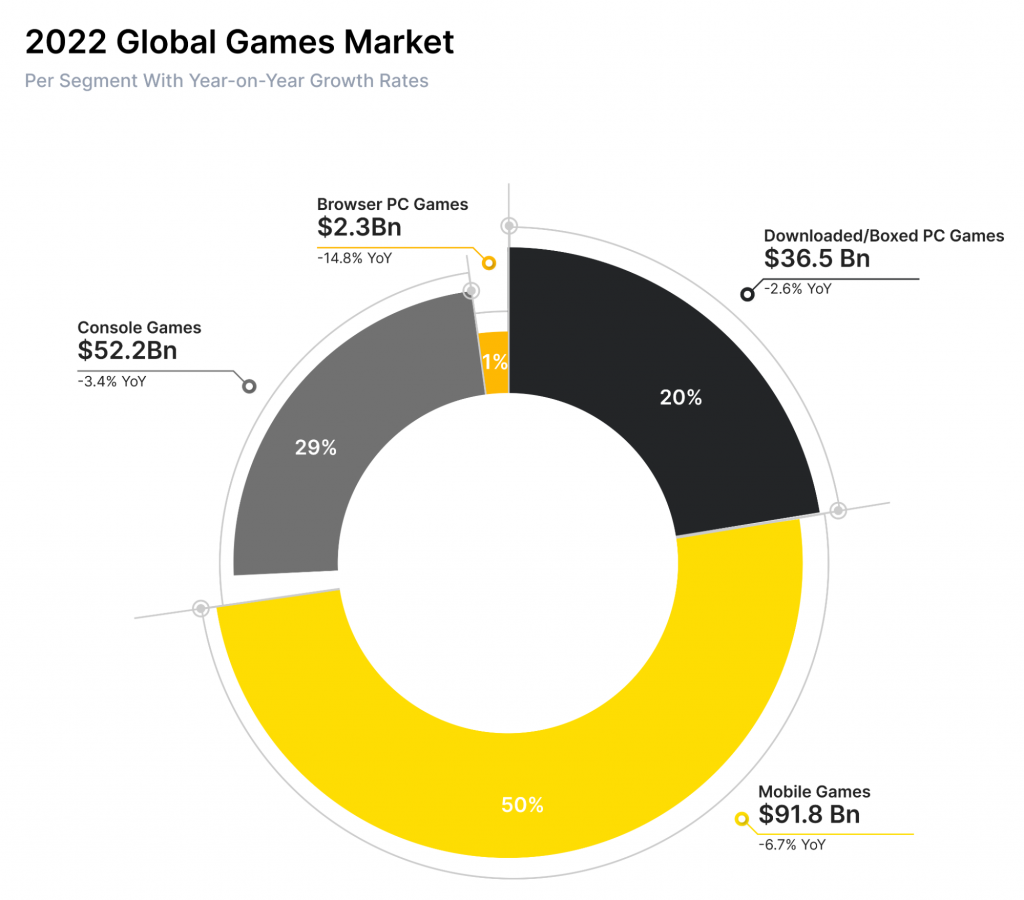
Headless E-commerce
E-commerce remains the leader in retail since the habit of purchasing online from the comfort of your home is strong. This business niche actively discusses headless architecture and its impact on sales growth. The headless commerce approach is an ability to compose ready-to-use solutions from various vendors in a robust and highly-scalable commerce stack. Following WP Engine, organizations spend $2.6 million for implementing headless architecture and continue to move this way.
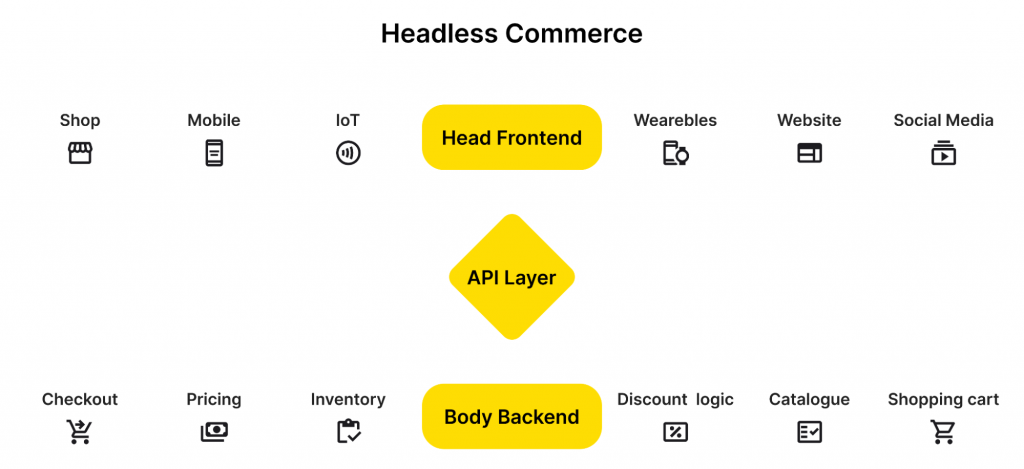
Related: eCommerce Software Development: Paving the Way for Digital Transformation in 2023
Bionics For Human Body
In his review for Forbes magazine, Aleksey Makarov states that the coming year will bring many new developments dedicated to enhancing the human body and names bionics among the latest technologies in the software industry. He cited the example of Google Glass technology. The technology trends in engineering keep moving forward.
Human 2.0 technologies are implemented mainly to restore lost capabilities (hearing, vision, etc.). In the future, technologies will be used to recover the human body and improve its capabilities. This might include the following use cases:
- Bionic exoskeletons (which are under active development by military entities)
- Improving natural capabilities (hearing, vision, physical strength)
- Cheap implants enable the operation of gadgets and devices
Considering such a segment in the “software trends and future” context, the above cases seem the most prospective. Technology-based human betterment is gaining popularity among developers. Notably, many enterprises have already put the bionic exoskeletons into operation while the US Army has been testing them actively.
Native Apps
In 2020, it became clear that some minimal contact between buyers and sellers was in demand. That’s why it is forecasted that more and more companies will create their native applications for communication with customers and inner coordination. This trend is expected to cover banking, multimedia, and e-commerce.
The three sectors need stable, secure, and convenient applications for dealing with clients. Even if the COVID-19 pandemic settles, the demand for a fast and comfortable way of communicating with customers will remain.
Following VentureBeat, 75% of companies were focused on cloud-native apps in 2022. Gartner estimates that over 95% of new digital workloads will be deployed on cloud-native platforms by 2025.
Related: Eternal Battle: Native vs. Cross-Platform
Voice Commerce
Voice commerce is also among the top software development trends. This is quite a new technology that allows carrying out actions through voice commands. Leading digital giants such as Google and Amazon have already approached that technology.
The users can do what they need via applying voice control without touching their devices. It is enough to tell the system what to do without being distracted by the manual process. The technology is gaining popularity due to better time management resulting from an ability to control the system on the go.
Statista reports that the total worldwide transaction value of e-commerce purchases made through voice assistants has risen from $4.6 bn in 2021 to $19.4 bn in 2023. It’s over 400 percent growth in just two years.
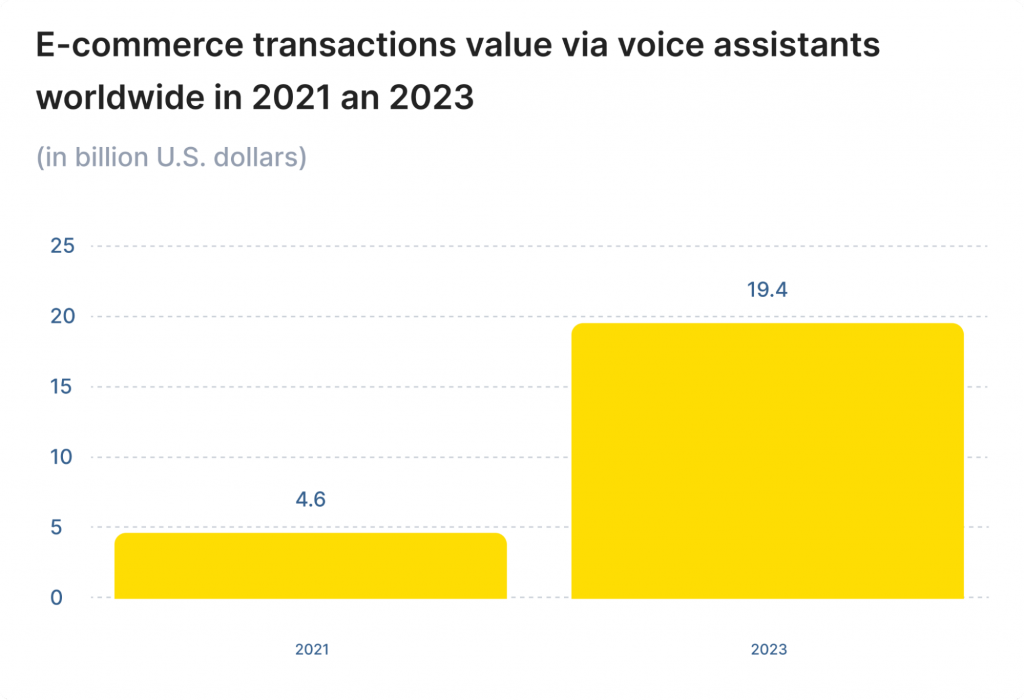
Read Also: Future of Commerce with the Development of Mobile Commerce Applications
Big Data
The development of systems for Big Data processing will be among the latest trends in the IT industry. The largest share will belong to the tools capable of processing everything in the memory without saving the results after each calculation. The package processing of frameworks will be popular in the following fields:
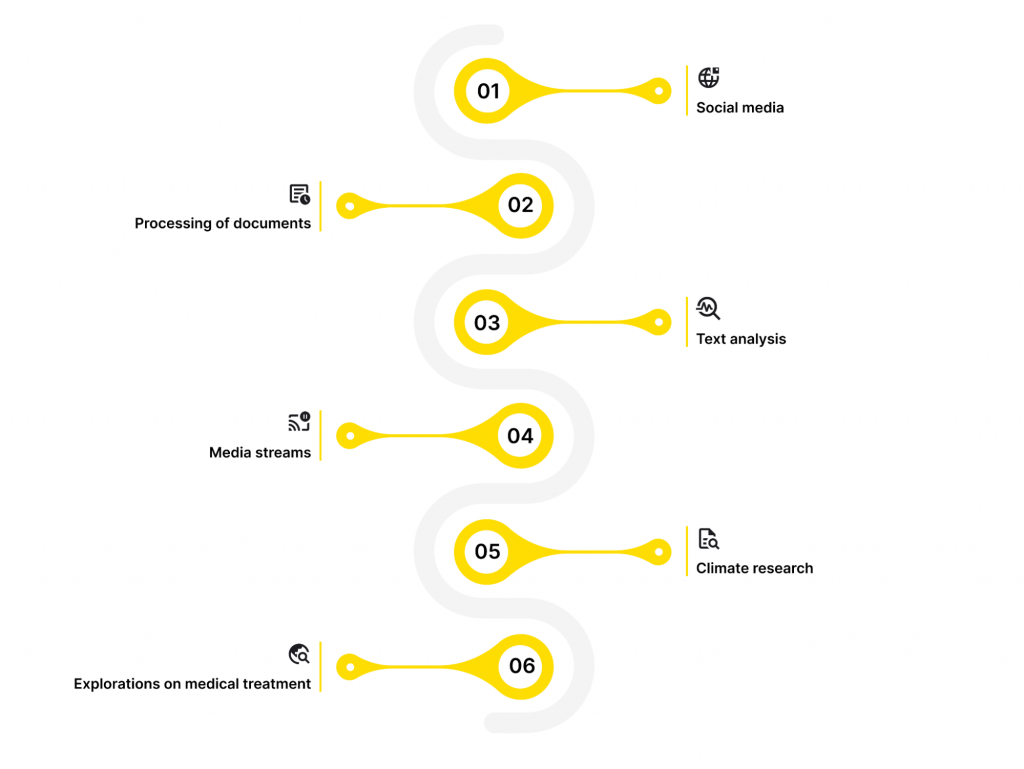
At the same time, cybersecurity is highlighted as the main problem in the Big Data segment. It can impede the implementation of new tools. If the problem is solved with the latest technology in software development, the state of Big Data can be strengthened.
The technology has been developing rapidly over the last decade. Analysts attach great priority to it among other information technologies. Great opportunities to work with Big Data will appear in 2022.
Cloud Technologies
Cloud technologies will remain a trend in the coming year. According to ITPortal, the global pandemic leveraged the interest in using clouds to process and store data. The experts suppose the majority of essential processes are run in clouds today. So, the business will be interested in this technology even more.
Growth in the use of clouds is to be observed over the next few years. Companies will be developing their software. Supposedly all the processes will be optimized for better efficiency. More and more IT companies will be focused on this segment to satisfy the market.
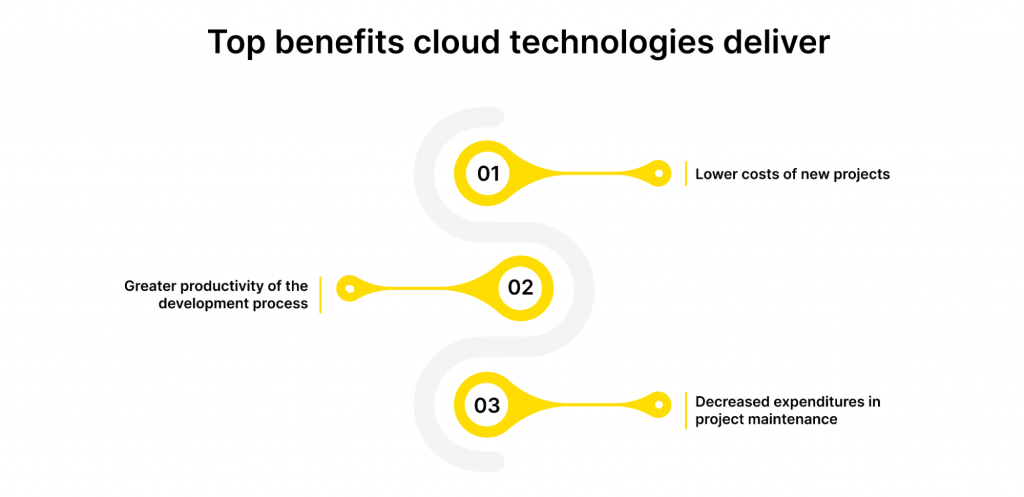
Related: A Complete Guide to Modern Cloud App Development
Open Source
Many developers release their open-source software in the public domain. Therefore, many people can get free access to new computer programs that become an alternative to commercial software. This is particularly true for those who used to work from home without corporate accounts. In the context of the ongoing pandemic, the segment will remain immensely popular next year.
In many instances, open-source software is more secure than commercial analogs. Experts suppose the segment will keep growing among other software development trends. It can impact the general condition of the IT industry since a significant part of the market belongs to open source.
The IDAP team also supports the evergreen open-source trend through its contributions. Recently, our developers created a browser extension based on Chat GPT API to help students process information faster and more efficiently. To make it accessible, we rolled out an open-source version on GitHub.
Curious on details?
👉 Check up the browser extension on GitHub
👉 Read our recent post about this innovation
Chatbot Development
This domain can be called the most popular among new trends in software development. Chatbots accelerate communication between parties. At the same time, the embedded automatic processing of the client’s queries allows for saving costs for operators and other staff. Social networks such as Facebook, Telegram, Viber, and Skype use chatbots actively today.
Following Tidio’s research, 88% of users had at least one conversation with a chatbot in 2022. Unsurprisingly, software development companies are the most active ones implementing chatbots into their platforms. They have 65.1% of the total market share. Exceptional services and healthcare companies follow them.
Virtual Reality
This is the most promising avenue for the entertainment industry. VR allows appearing in a virtual space with an entire presence. This is what attracts the consumers of VR products. The video game Half-Life: Alyx is worth considering as the most expensive VR project.
Despite the total number of VR devices being relatively small (about 5 million), the sales of that game reached 800 thousand copies at the end of the first week. Hence, Half-Life: Alyx appeared at number eight in Top Grossing Titles.
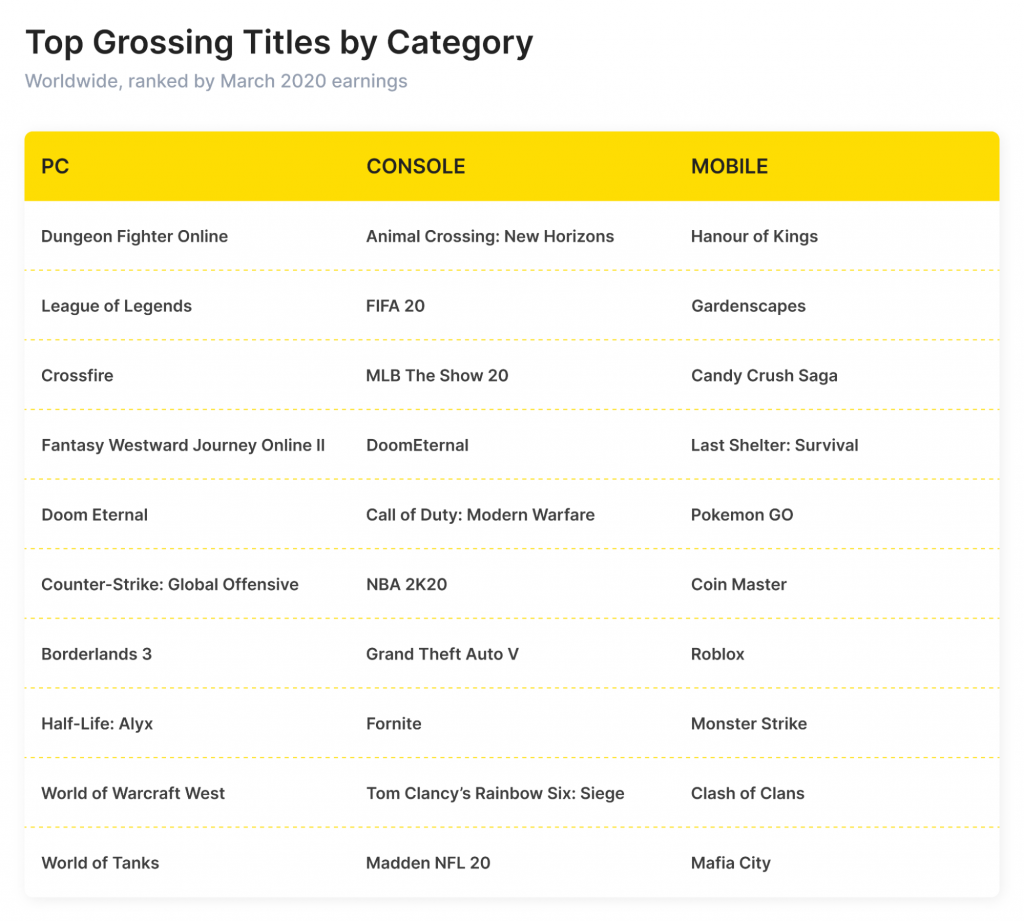
The development of more affordable VR solutions seems very prospective for this segment. VR can become the most popular technology for software development in the video games market.
Related: 15+ Best VR apps for Google Cardboard [Updated for 2022]
Cloud Gaming
Games for PCs and consoles are becoming more demanding year after year. That’s why cloud gaming enters the world market. There is no need to buy expensive components for upgrading PCs to play the newest games any longer. Good bandwidth, along with a data streaming system, is enough.
Analysts from Newzoo state that up to 125 million people will start using cloud gaming in a couple of years. Google, Sony, and other giants draw their attention to this sector.
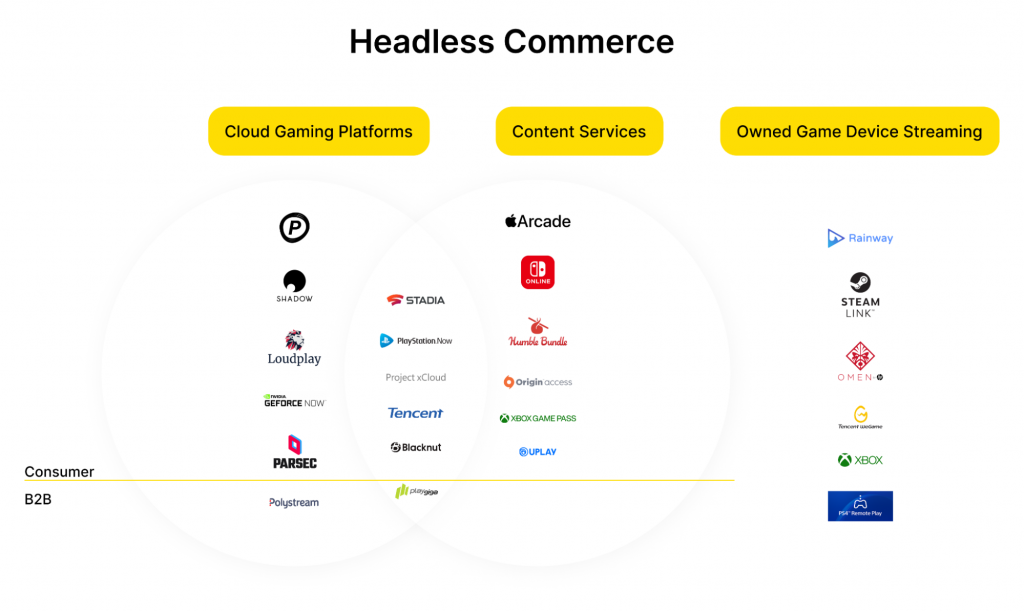
Based on such experts’ forecasts, it seems reasonable that cloud gaming will open up new markets in 2023. So, the demand for the development of new software will grow accordingly. As a result, cloud gaming will appear in the list of actual trends in the software industry.
Summary
In addition to uniformity, omnichannel support is among the latest technologies in the software industry today. In its essence, it comes to synchronizing all activities at various platforms. The more significant number of moves a company executes, the more advantageous the control over all processes through a single history of changes will be.



